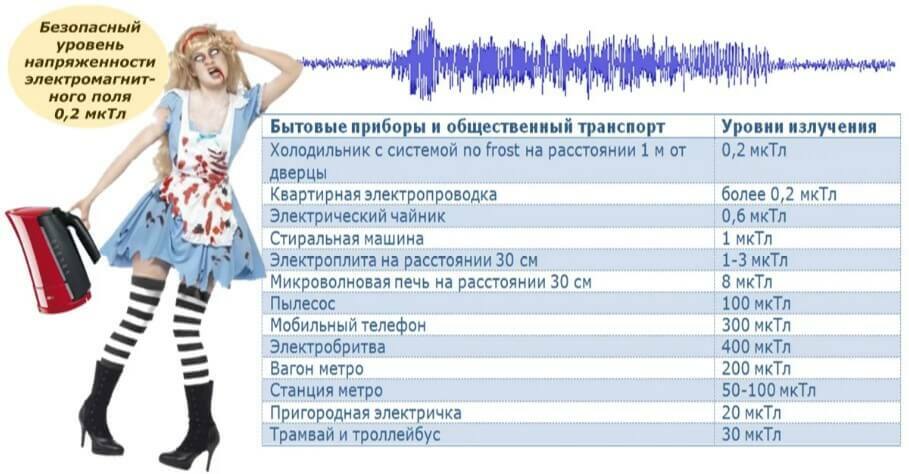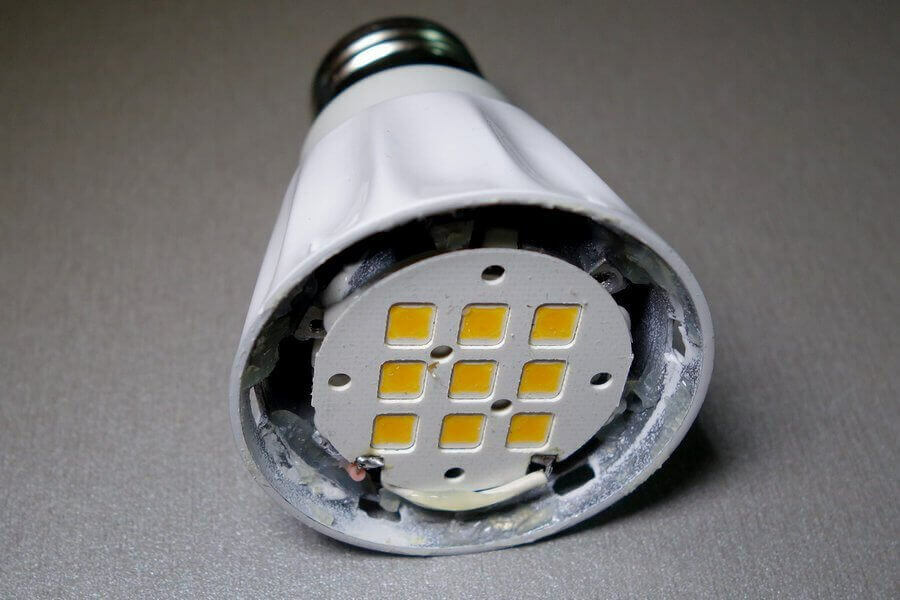- A bit of history
- Power and light output
- Heat dissipation
- Lifetime
- Efficiency
- Environmentally friendly
- Value
- Other indicators
A bit of history
So that you understand the difference in the appearance of both variants, and correspondingly the difference in what was the scientific and technological progress,we present the following facts comparing incandescent and LED lamps according to the date of invention:
- The first light source( with tungsten filament) was patented in the 1890s by the Russian engineer AlexanderNikolayevich Lodygin. At the same time, the first attempt to consider the invention was July 11, 1874 - a filament lamp.
- As for the LED, the first, whose glow was visible, was invented in 1962.The person who came up with LED lighting - Nick Holonyak, an American scientist.

As you can see, even if you compare the date of the invention of alternative options, you can see a huge difference in almost a century. Nevertheless, the oldest bulb still "beats for a place under the Sun", which is its huge plus.
Power and light output
When installing lighting in an apartment, the first thing to be done is the settlement work. One of the most important indicators of the calculation is light output of devices. With a more obsolete light bulb, the light output varies between 8-10 Lm / W.As for the LEDs, their light output efficiency is usually within 77 L / W, although there are also models with the index of 120-140 Lm / W.From the above values it is clear that the lumens are better than the alternatives 7-12 times.
To understand how this will affect the comparison of incandescent lamps and LED light sources in terms of power, let's present the corresponding table:

It is seen that the power of the diodes is less by 5 times and the efficiency of luminescence and brightness will be approximately the same.
If you decide to design lighting in the house, we recommend building on the following table for comparing incandescent and LED light bulbs:
| Required power( W) | ||
| Room size( m²) | Filament | LED |
| & lt; 6 | 150 | 18 |
| 10 | 250 | 28 |
| 12 | 300 | 33 |
| 16 | 400 | 42 |
| 20 | 500 | 56 |
| 25 | 600 | 68 |
| 30 | 700 | 80 |
To calculate the light output yourselflight bulbs, you need its luminous flux( indicated on the package in "Lm" divided by the power "kW"), as a result you will get the desired value. For example, if the light flux of the LED is 1000 lumens, and the power is 13 W, the recoil will be 76.9 Lm / W.


Heat dissipation
The second, no less important point of comparison of LED lamps and incandescence is the heat release from the product. The glass bulb of the incandescent lamp can heat up to 250 degrees( although usually the temperature is within 170).That is why such products are fire hazardous, and it is not recommended to use them when installing electrical wiring in a wooden house. In addition, Ilyich's bulbs are difficult to unscrew from the cartridge, if they worked long before that( you can get burned).LEDs in this regard proved to be better than all existing options. The maximum temperature of their heating does not exceed 50 degrees, which allows to apply them in any room.
Service life
But this indicator is one of the main advantages of diodes in comparison with incandescent lamps. These lighting sources can work over 50,000 hours, according to the manufacturers. In obsolete bulbs, the service life usually does not exceed 1000 hours, which is 50 times less. For reasons of economy, it is better to buy an expensive but long-lasting bulb once every few months to change a budget product.
There also has its own nuance, which you should know about. The high longevity of LEDs is not an accurate value. The fact is that diodes eventually fade( degrade), so after 40,000 hours you will not be able to enjoy the glow that was immediately after the purchase.
Efficiency
The efficiency should also be considered when selecting products. Efficiency shows how much electricity is converted into light, and how much into thermal energy( actually because of what the bulb is heated).The efficiency of LED lamps is about 90%, which is a very high indicator, compared to an alternative option, which only 7-9% of electricity transfers to the light.
Environmentally friendly
Unfortunately, many people do not pay enough attention to the preservation of the ecology of the environment. People throw fluorescent lamps into garbage cans, despite the fact that when the bulb is destroyed, mercury evaporates, which harms both the nature and health of people around. 
In this regard, comparison of incandescent and LED lamps does not push any option into the leaders. Both diodes and a glass bulb can be thrown out simply into garbage, without special disposal.
There is an opinion that Ilyich's bulb creates infrared and ultraviolet radiation, negatively affecting human health. In this respect, LED diodes are completely safe.
The cost of
And, of course, the most interesting question that users often ask is how profitable to buy LEDs, because they are much more expensive. To date, on the forums on the Internet, you can read many reviews that refute or justify the savings of LED lamps. The lowest price of a high-quality LED light bulb is 300 rubles, at the same time, the alternative cost is 20-25 rubles. Here you must independently analyze what is more important to you - a long service life and high performance indicators, or cheapness and extra overpayment. Based on this, a comparison can be made on cost savings. The power of the diodes is 7-8 times smaller, the price is 10 times greater. Take into account the service life and even without special calculations you can understand that it is more profitable to buy LED lamps. You can clearly see the comparison of the economy of LED lamps and incandescence on the table below:

Other indicators of
Also it would be desirable to compare the incandescent lamps and LED on the basis of the tables by such signs as:
- current strength;
- brittleness;
- color temperature;




All these comparisons of incandescent and LED light sources in total give us a general idea of what is best to choose for a house and an apartment!
Also read:
- How to connect a light switch?
- How do I remove a spotlight?
- Which is better: a fan heater or an electric convector?


